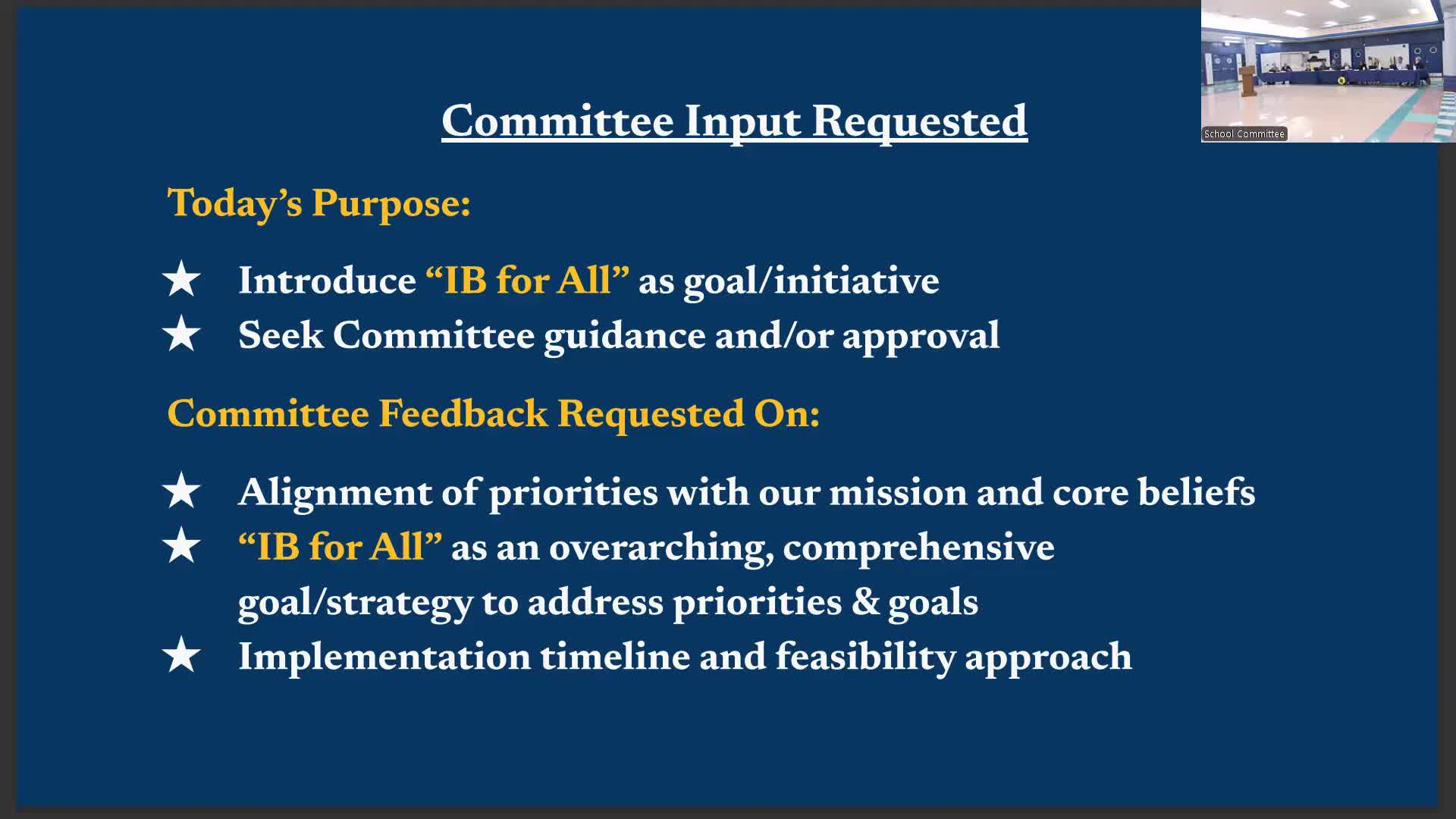District posts gains on RICAS, PSAT and SAT; administrators call data a baseline for strategic plan
October 15, 2025 | South Kingstown, School Districts, Rhode Island
This article was created by AI summarizing key points discussed. AI makes mistakes, so for full details and context, please refer to the video of the full meeting. Please report any errors so we can fix them. Report an error »

Assistant Superintendent Seager presented the district’s 2024–25 state assessment results for RICAS (grades 3–8), PSAT (grade 10) and SAT (grade 11), highlighting increases across multiple metrics including growth percentiles, percent meeting or exceeding standards and average scaled scores in several grades and student groups.
Seager told the committee the administration identified five highlights, including notable gains for economically disadvantaged students and students who receive special education services. He called out South Kingstown High School for meeting a district and statewide benchmark the administration called the “5-5-5 club,” citing gains in math, ELA and reduced chronic absenteeism.
The presentation showed mixed results by grade: some grades posted consistent increases across ELA and math metrics, while other grades—grade 4 math and some middle grades—showed declines or flat results that the administration said merit further review. The administration noted the return of released RICAS items this year, which will allow deeper item-level analysis; officials also said the PSAT and SAT transitioned to online adaptive formats recently, limiting direct comparison to older cohorts.
Committee members asked how the administration would move from these headline increases to actionable cause-and-effect analysis. Seager and the superintendent said the next steps include apples-to-apples cohort tracking, item analysis where possible, and bringing the data to teachers in formats that support progress monitoring and instruction. They identified quarterly checks and local progress measures (for example, STAR screenings and local surveys) as possibilities for midyear monitoring between annual state reports.
The administration encouraged families to register for the RIDE family portal, now live, which provides student-level assessment information and released items where available. Several committee members asked for future presentations that follow cohorts year-to-year and provide more item-level and instructional guidance for teachers.
Seager told the committee the administration identified five highlights, including notable gains for economically disadvantaged students and students who receive special education services. He called out South Kingstown High School for meeting a district and statewide benchmark the administration called the “5-5-5 club,” citing gains in math, ELA and reduced chronic absenteeism.
The presentation showed mixed results by grade: some grades posted consistent increases across ELA and math metrics, while other grades—grade 4 math and some middle grades—showed declines or flat results that the administration said merit further review. The administration noted the return of released RICAS items this year, which will allow deeper item-level analysis; officials also said the PSAT and SAT transitioned to online adaptive formats recently, limiting direct comparison to older cohorts.
Committee members asked how the administration would move from these headline increases to actionable cause-and-effect analysis. Seager and the superintendent said the next steps include apples-to-apples cohort tracking, item analysis where possible, and bringing the data to teachers in formats that support progress monitoring and instruction. They identified quarterly checks and local progress measures (for example, STAR screenings and local surveys) as possibilities for midyear monitoring between annual state reports.
The administration encouraged families to register for the RIDE family portal, now live, which provides student-level assessment information and released items where available. Several committee members asked for future presentations that follow cohorts year-to-year and provide more item-level and instructional guidance for teachers.
View full meeting
This article is based on a recent meeting—watch the full video and explore the complete transcript for deeper insights into the discussion.
View full meeting